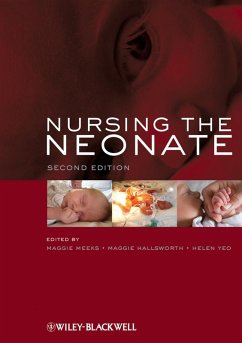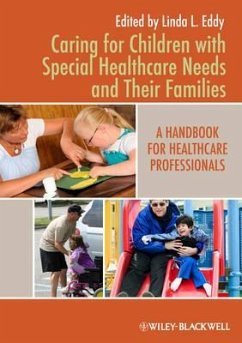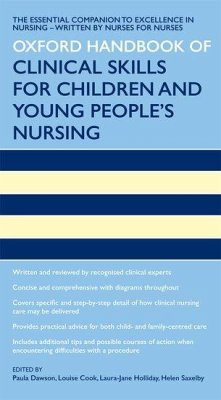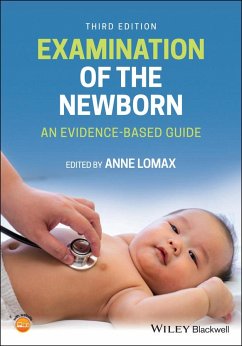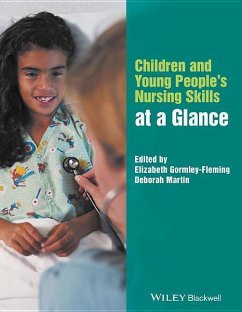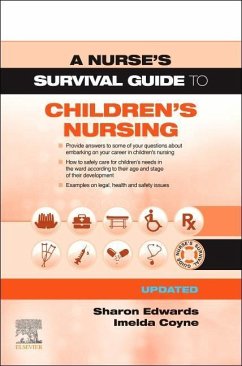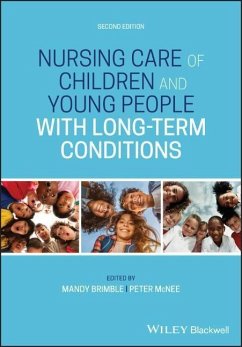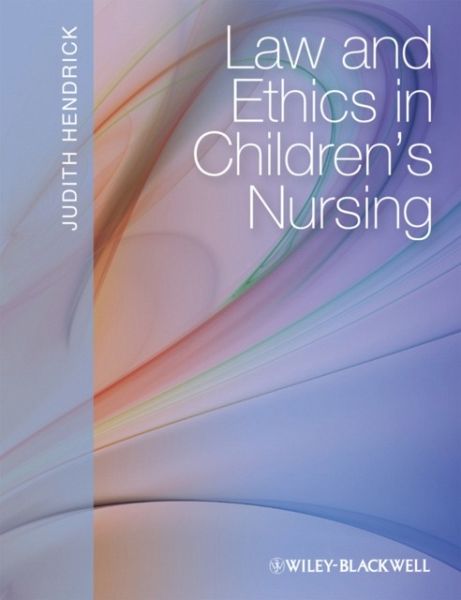
Law and Ethics in Children's Nursing
Versandkostenfrei!
Versandfertig in über 4 Wochen
51,99 €
inkl. MwSt.
Weitere Ausgaben:

PAYBACK Punkte
26 °P sammeln!
An important and practical guide on the legal and ethical aspects of child healthcare that enables nurses to understand the legal and ethical principles that underpin everyday nursing practice, and explores the way in which legal and ethical aspects of children's nursing differ from those of adults.



